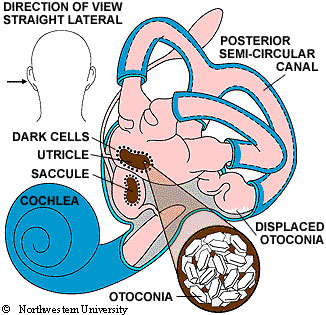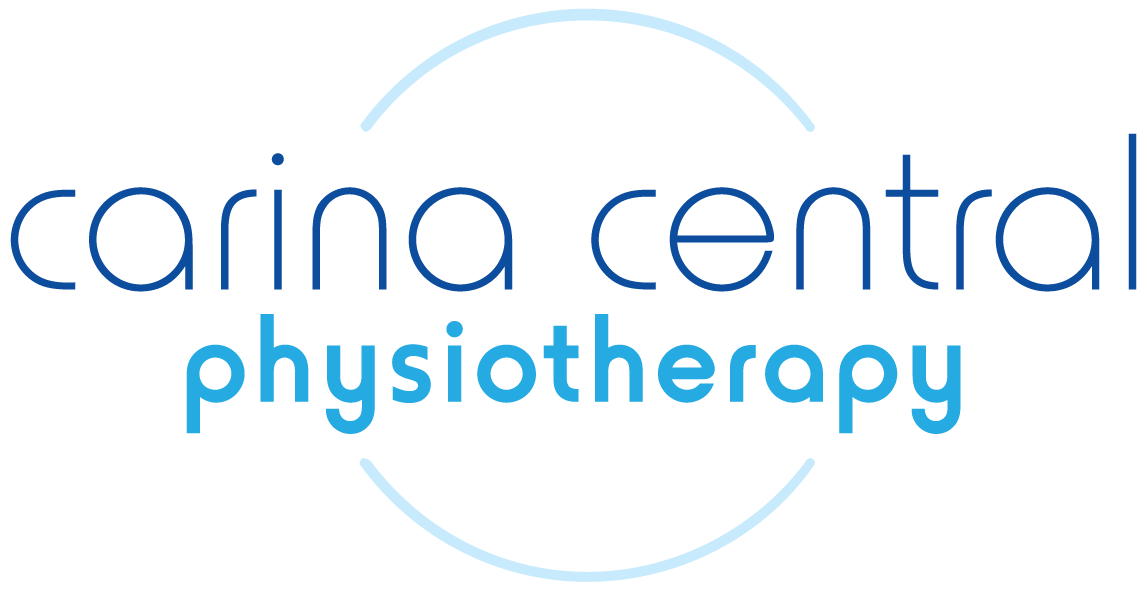
Benign Paroxysmal Positional Vertigo – BPPV
By Roma Forbes, Musculoskeletal Physiotherapist, APAM.
Roma has specific training and experience in BPPV assessment and treatment.
Benign paroxysmal positional vertigo (BPPV) is a condition characterised by episodes of sudden and severe vertigo (dizziness) when your head changes position such as rolling in bed, reaching down, getting out of bed and lifting your head to look up.
When your head moves, signals from three semicircular canals surrounded by fluid in the inner ear provide information to your brain about how your head is moving. These semicircular canals have small crystals in them that are free to move around to give provide these signals. BPPV is caused when the small crystals within the semicircular canals escape or become dislodged into the balance organ of the inner ear.

SIGNS AND SYMPTOMS
Potential signs and symptoms of BPPV include the following:
- Intermittent bouts of vertigo that is usually short in duration (less than 30 seconds)
- True sensations of vertigo (room is spinning around you, or you feel as if you are spinning)
- Triggered by specific movements of the head, e.g. rolling in bed to one side or looking up
- Irregular eye movement that occurs with the vertigo
- Mild or no symptoms when your head is still
- Nausea, vomiting and lightheaded-ness
- An intermittent pattern is common. BPPV may be present for a few weeks, then stop, then return.
CAUSES
For most people, the exact cause of BPPV is unknown. However in some cases, it can be due to the following:
- Rapid acceleration/deceleration of the head (e.g. following concussion or whiplash)
- An existing vestibular problem (e.g. neuritis, labyrinthitis, Meniere’s)
- Natural age-related changes to the organs within the inner ear
- Following significant periods of inactivity or bed rest
- Following surgical or dental procedures involving specific positioning of the head
- After vigorous or jolting high impact activities such as mountain biking.
ASSESSMENT
Correct assessment is important in determining whether your symptoms are from BPPV or from another cause and to target treatment at the canal in the inner ear which is affected. Your physiotherapist will use specific tests including eye function and reflexes as well as checking your balance and looking for the presence of nystagmus (jerking of the eye movements). The best exercise to use in the right way for effective relief of symptoms will depend on the results of this assessment.
TREATMENT
After confirming that you have BPPV and which part of the inner ear is affected, your physiotherapist will apply specific techniques to reduce symptoms as well as provide you with advice and exercises to do at home where required.
For over 80% of people, treatment is highly successful and results are immediate. Treatment is aimed at positioning the head and body using simple but specific techniques to enable the correct positioning of crystals back into the semi-circular canals in the inner ear.
Once the BPPV is resolved some patients may require further exercises or physiotherapy to address residual dizziness which can occur if the vertigo has been ongoing or particularly severe. Your physiotherapist will also liaise with your GP where needed to discuss management and whether medications may be needed.

Request an appointment with Dr Roma Forbes to find out your treatment options for BPPV.
